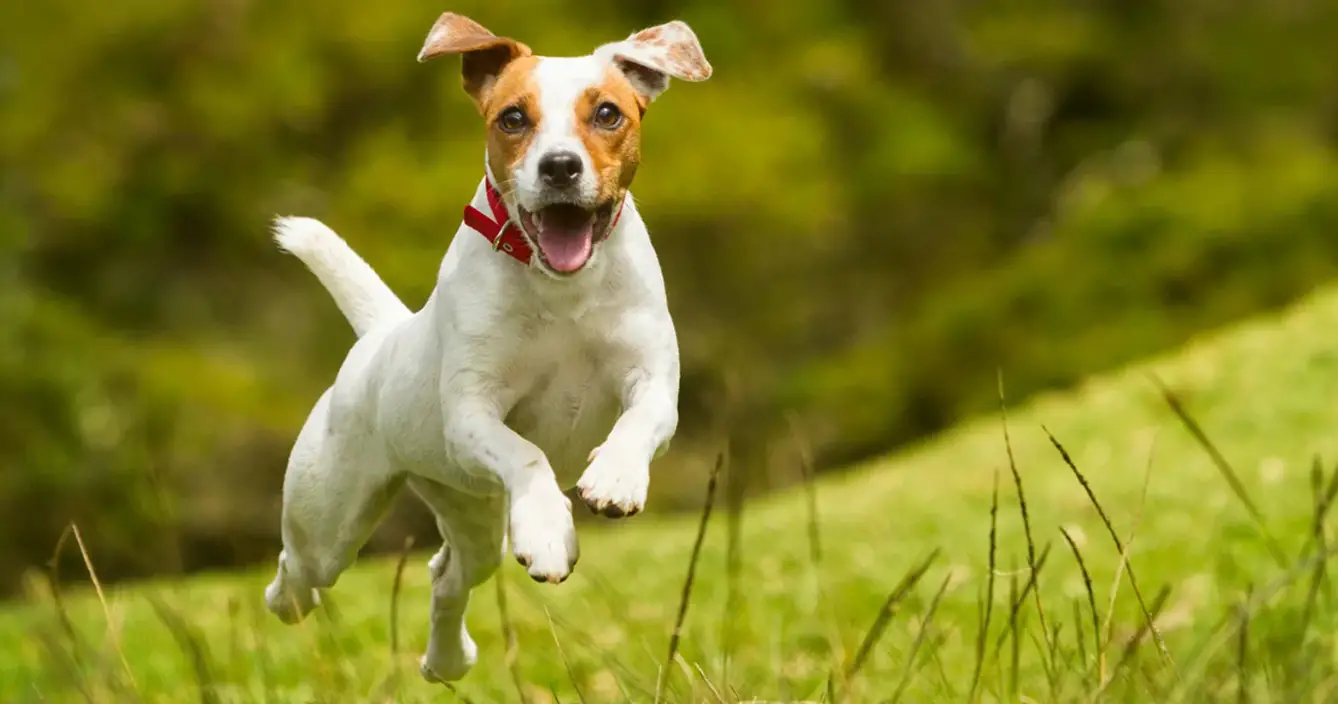How to make a Safe and Fun Area For Your Four-Legged Family Member
All dogs need exercise, and you know from experience that they expect you to follow their “walk” schedule. Sleep in when it’s “walk” time, and you’ve got yourself a furry alarm clock that’ll hop on the bed with a leash in its mouth.
Sure, maybe you need the sleep, but being regular isn’t bad, either, and your dog doesn’t even realize the service is being done.
His need for a morning stroll and an exterior visit to a tree or a fire hydrant helps keep you from spending too much time in bed, and honestly, our society is a bit too enamored with sleep for its own good anyway.
That’s certainly one way to look at it. Another way is: “This crazy mutt wakes me up every day!”. The latter perspective won’t be good for you or the dog.

The thing is, animals have a different kind of thinking than we do, and it’s crazy to try and put yourself in their headspace. What makes more sense is working with your pup where possible.
There’s a balance between a dog’s natural exuberance, and your need to get things done. A horse likes to run. A bird likes to sing. A cat likes to imagine it is some ancient deity from the golden era of Egypt, and dogs want to play.
Here we’ll explore how to make the perfect playground for your pup.
1. Boundaries: Finding the Best Options
First and foremost, look at your yard. It should be a good “recreation” area for your dog, and it’s better if you don’t have to leave them on a leash. Would you like to have a literal ball and chain around your foot?
The thing is, many dogs, especially the larger ones, have exceptional strength and energy. Some could hop over a fence designed to stop a man.
In order to keep your dog safe and assure the backyard is a perfect playground for them, it’s necessary to establish boundaries that the pup will respect when you’re not at home.
This is why many people chain their dogs to a pike in the middle of the yard. It’s a simple solution but limiting.
A better idea is a hidden fence the dog can recognize almost subconsciously. That may seem like a tall order, but it exists. The famous dog whisperer, Cesar Millan, is one of the founders of the dog collar fence.
These collars have GPS technology built-in so that you can set digital boundaries and when your pup gets near, there’s a gentle jolt discouraging further exploration.
Another cool thing is that you can set up such digital boundaries anywhere! You will not only be making your yard a safe playground that isn’t hemmed in with fences, but you can do the same thing at the dog park.
If there are a couple of pups that yours has a persistent disagreement with, you can put a boundary down the middle of the park, and keep your furry buddy from trouble.
2. Toys: Improvised, or Otherwise
Beyond boundaries, it’s important for a pup’s playground to include a few toys they can play with. Chew toys are important for sure. If you don’t have some sort of toy for your pup, they’ll find one for themselves.
Certainly, you can play the improvisation game, turning anything into a toy; like a stick, or a bone.
Some impromptu toys may not be safe, though. A great example is that famous YouTube video where the family is celebrating Independence Day, plants a Roman Candle, and lights it.
Then the family dog runs up, grabs the Roman Candle in its mouth, and trots back, tail wagging, to his owners.
Then the firework starts shooting flaming balls of heat everywhere, and hilariously, the dog has no idea what’s going on. Meanwhile, its owners scramble for cover.
If a dog sees something that looks fun, he will go for it; even if he’s well-trained. So you need to factor this reality in. The truth is, it’s better if you’ve got a little control.
There are endless chew toys at the pet store, some even allow you to put a little treat inside, which keeps the toy interesting for your dog.
You need to find appropriate toys for your pup, and help them get used to playing with them. You can condition the dog just as Pavlov did so he never meddles with things he shouldn’t. Ultimately, such training is good for the pup and you.
Don’t forget to make life easier for your dog by choosing toys and accessories in yellow or blue because these are the two colors that dogs can distinguish best, and more importantly, obstacles and training equipment if you are going to give your dog some lessons.
3. Shelter: Things Get Cold or Windy Sometimes
Beyond chew toys, it’s a good idea for you to have some sort of shelter your dog can retreat to if the weather swings toward the inclement.
A little dog house will work fine, you can make your own as well if you’re handy enough. Inside, make sure the shelter will withstand the elements.
It’s okay to insulate it, especially if you’re in a colder climate. Put a little doggy bed in there, and a few toys your pup likes. Some doghouses even include food and water options.
Be sure and put the doghouse in a strategic area of your yard that you can keep an eye on.
With a digital fence option, your dog has a full run of the yard, a place to hang out or take a nap, toys to play with, and room to let his natural exuberance out in the form of “the zooms”.
Certainly, it’s best if you can bring your pup indoors most of the time, but that’s not always feasible; especially for large rambunctious dogs that have no reservations about destroying furniture.
When you have company or business to attend to, the dog needs a place to be where he won’t get in the way, the backyard is perfect. Just be sure there’s a shelter as outlined here, just in case.
A Decent Playground For Your Dog
Shelter keeps your dog dry during inclement weather. Chew toys keep your dog occupied, and wireless digital boundaries keep them from roaming. For a lot of dogs, a playground like this is going to be perfect.
Final Thoughts
Your dog’s safety should be the first consideration when creating a playground for him. Start with a small area and you can expand it while providing your dog with everything he needs without exposing him to unnecessary risks by giving him early access to a large area that you have not yet controlled or set up.


